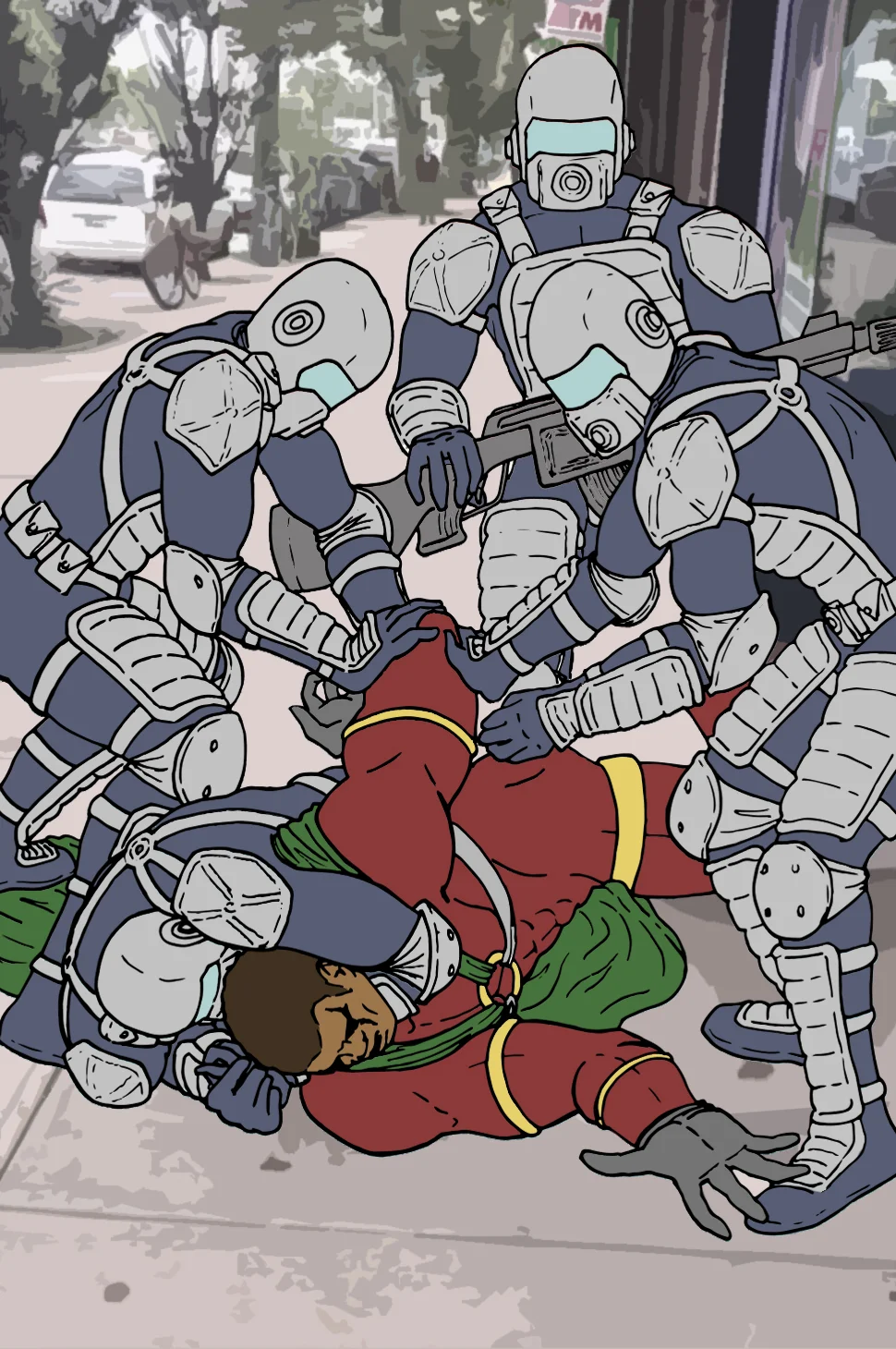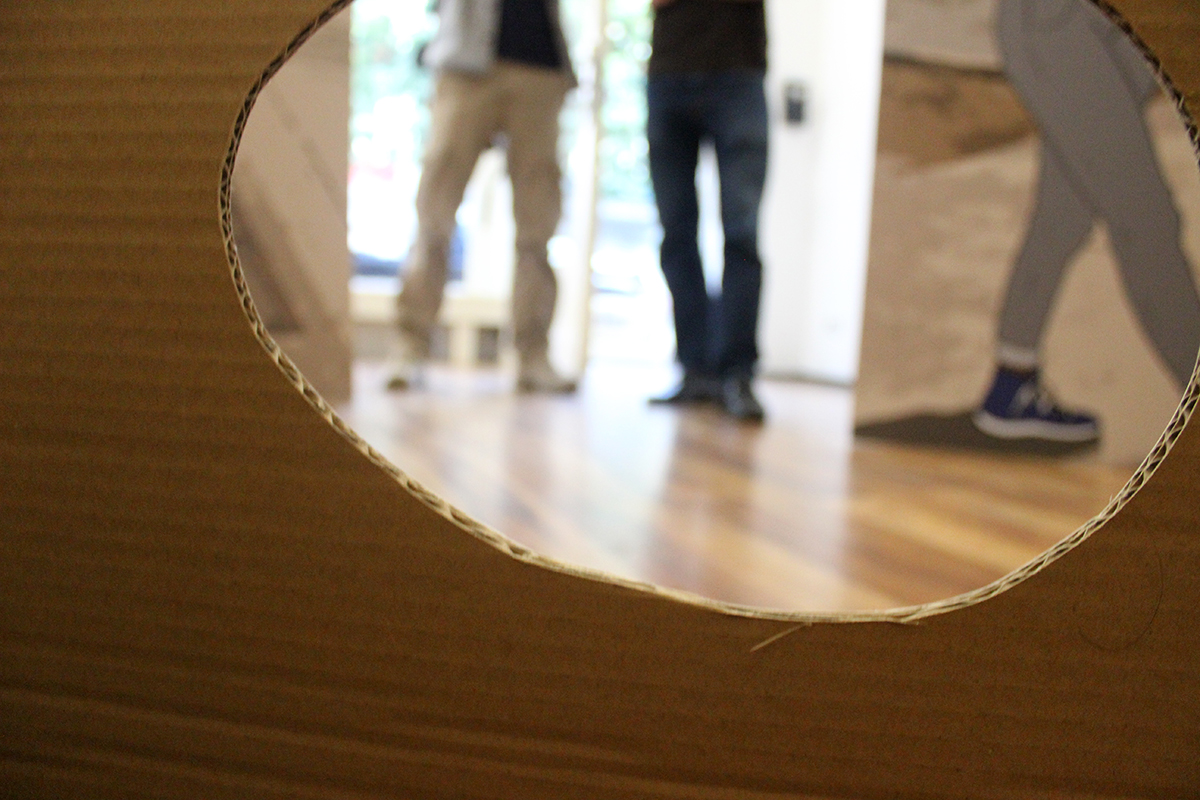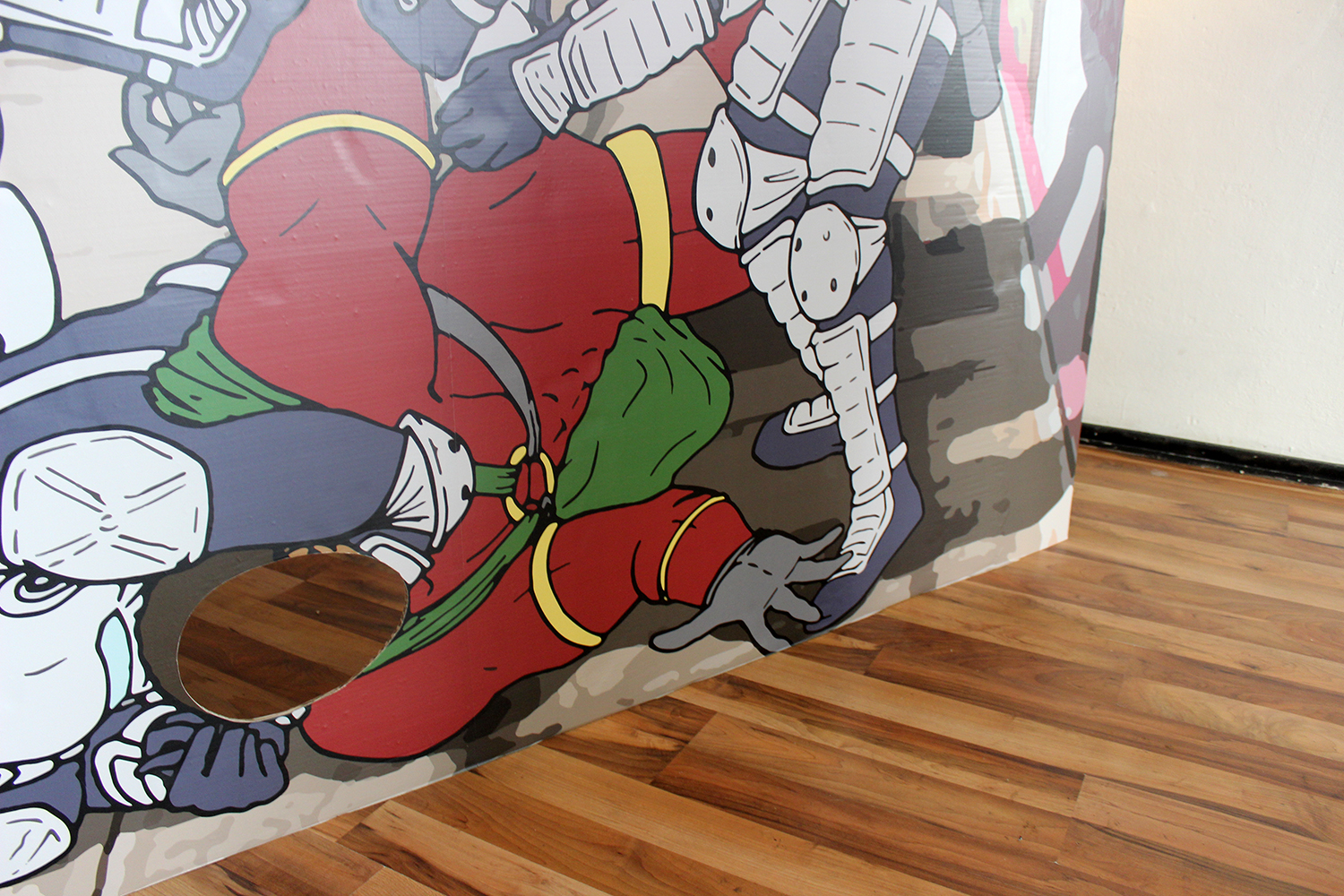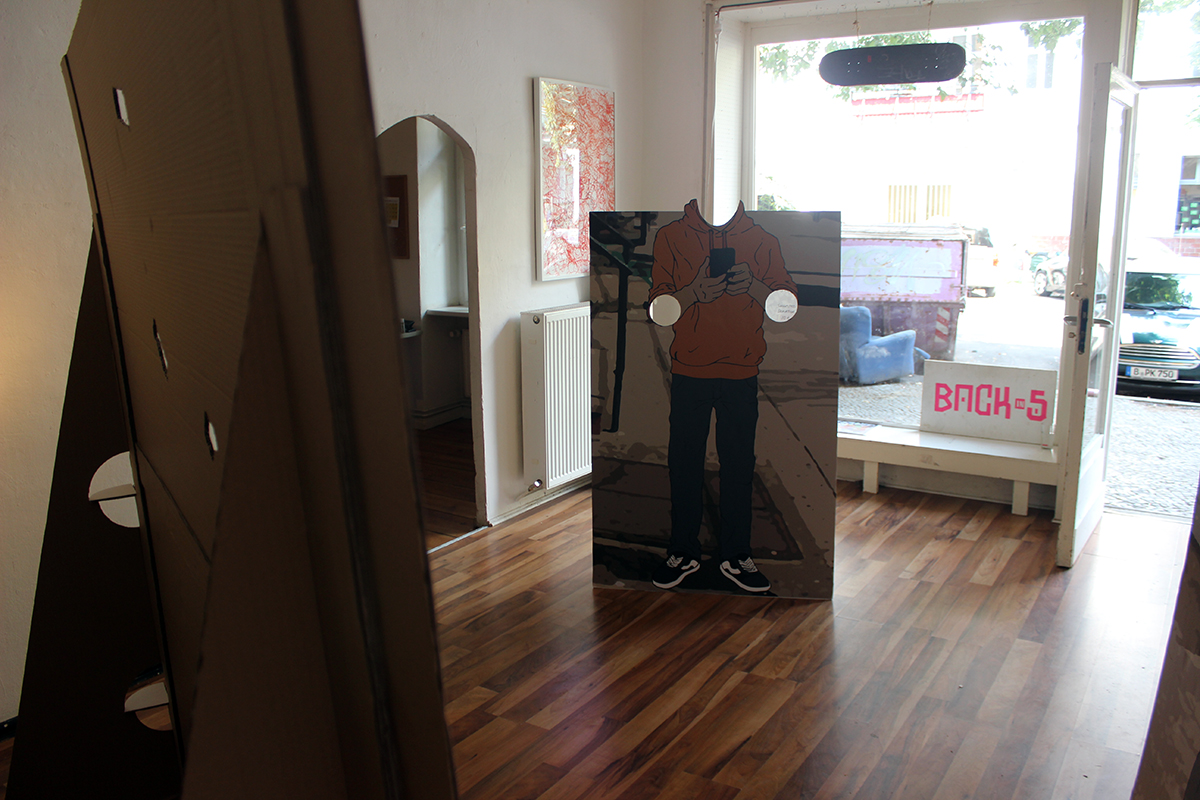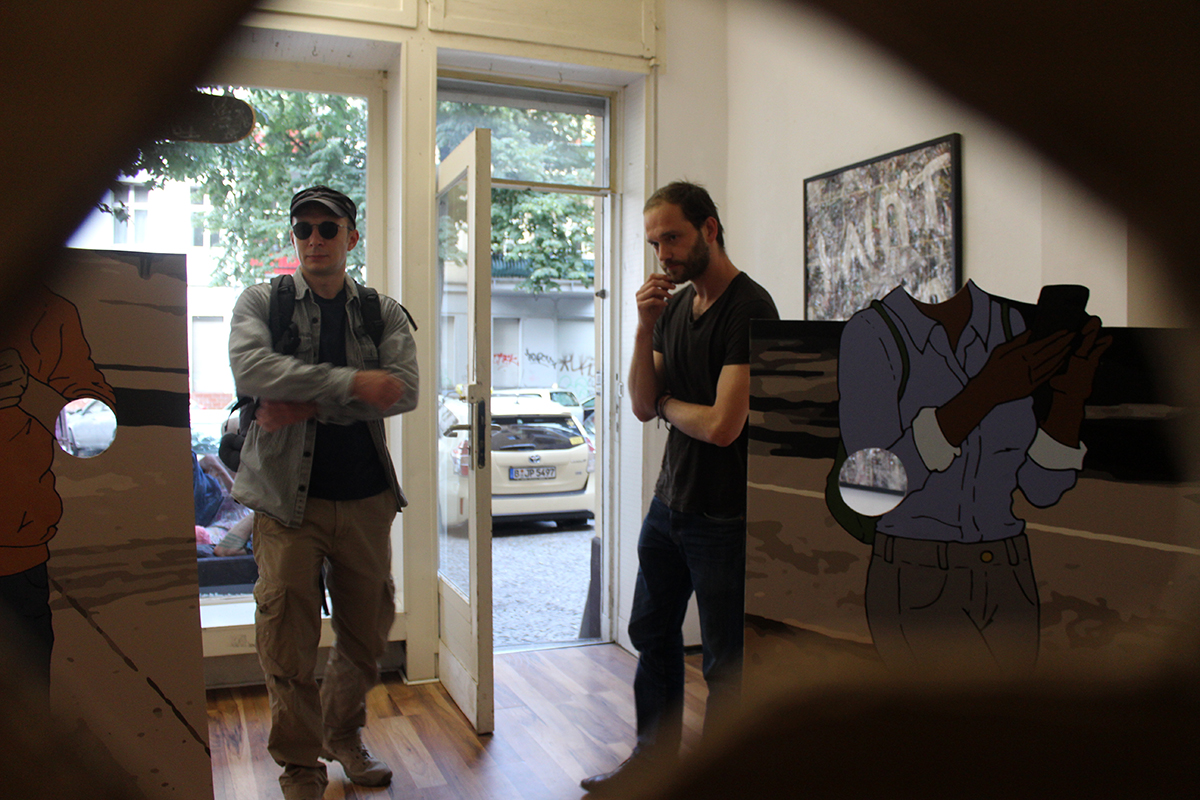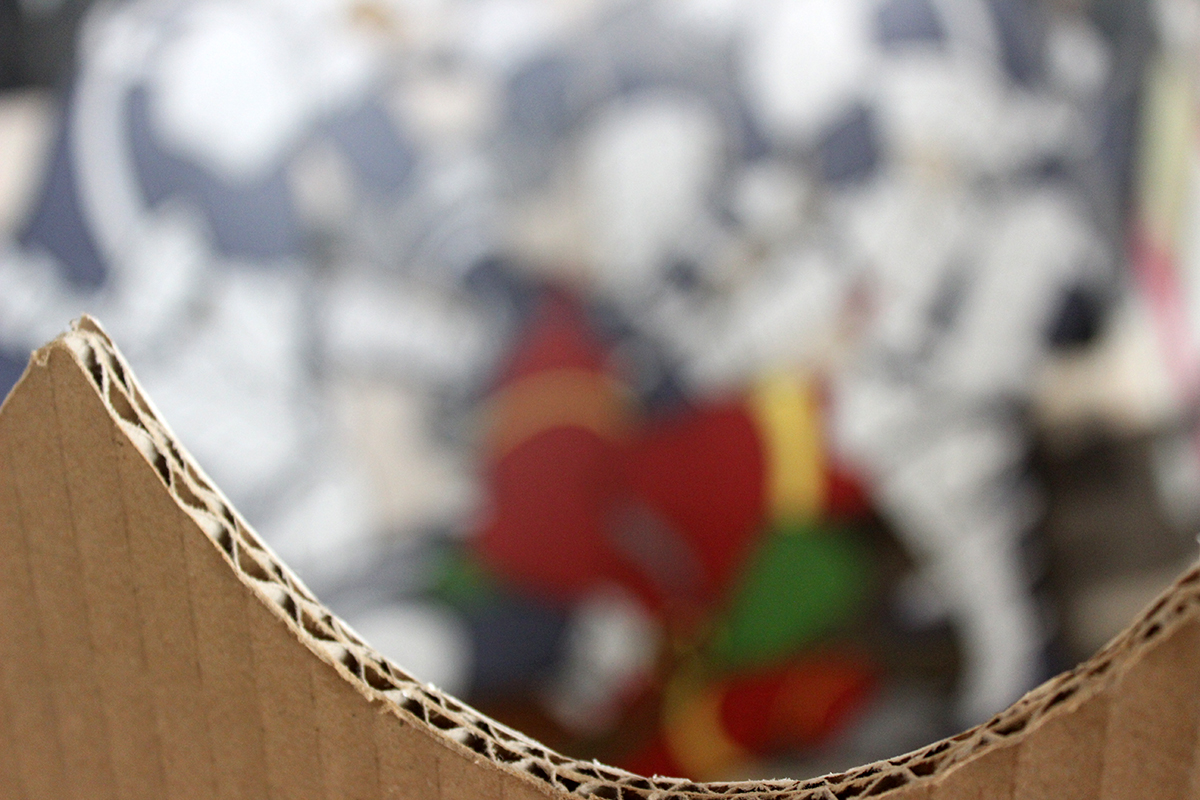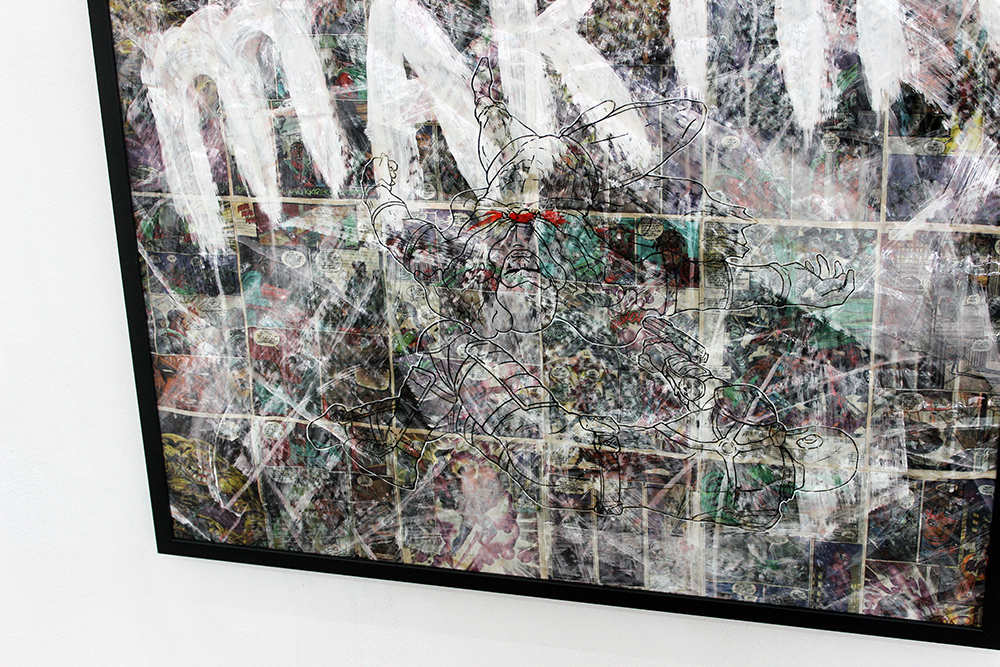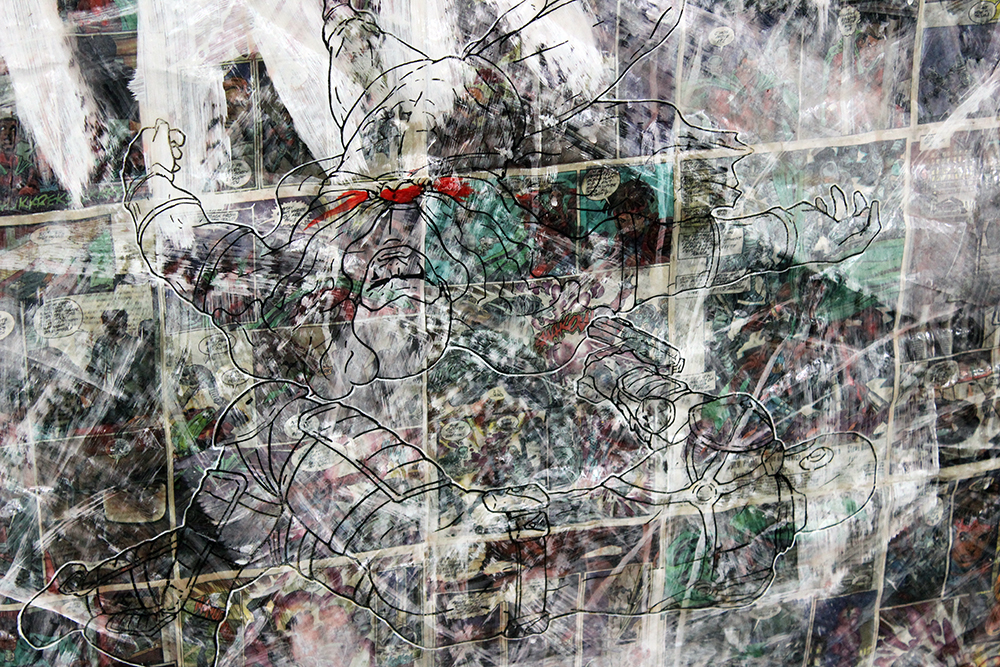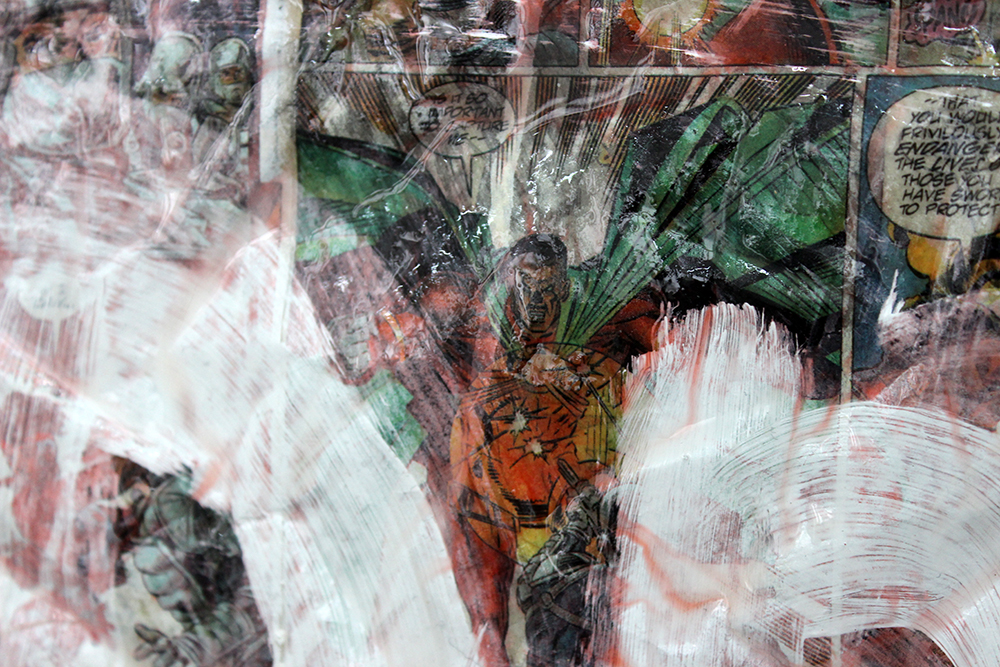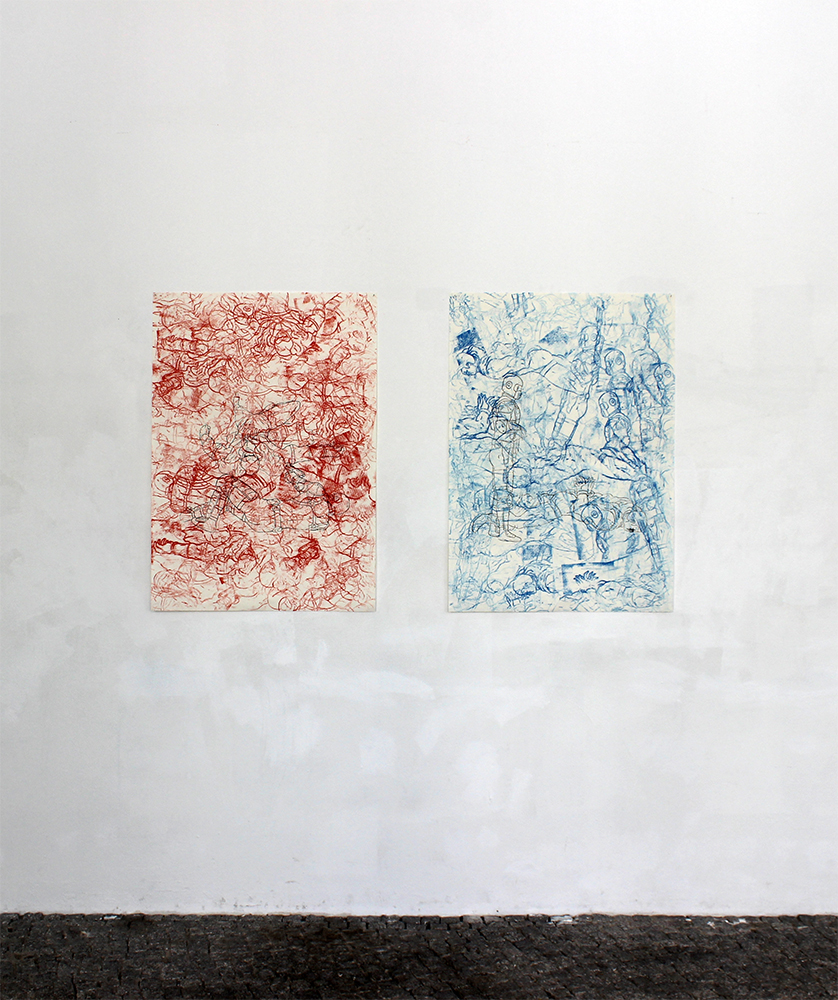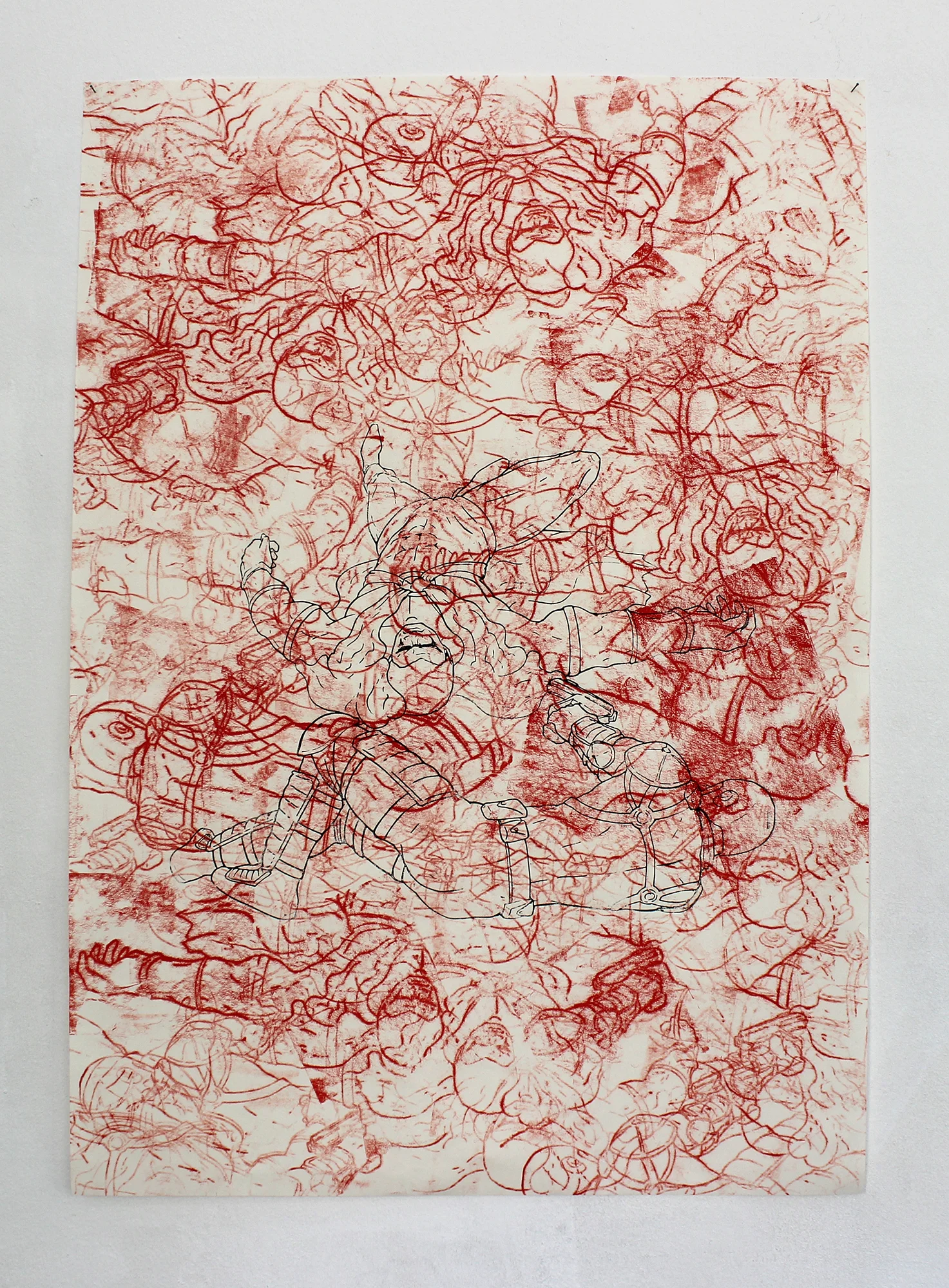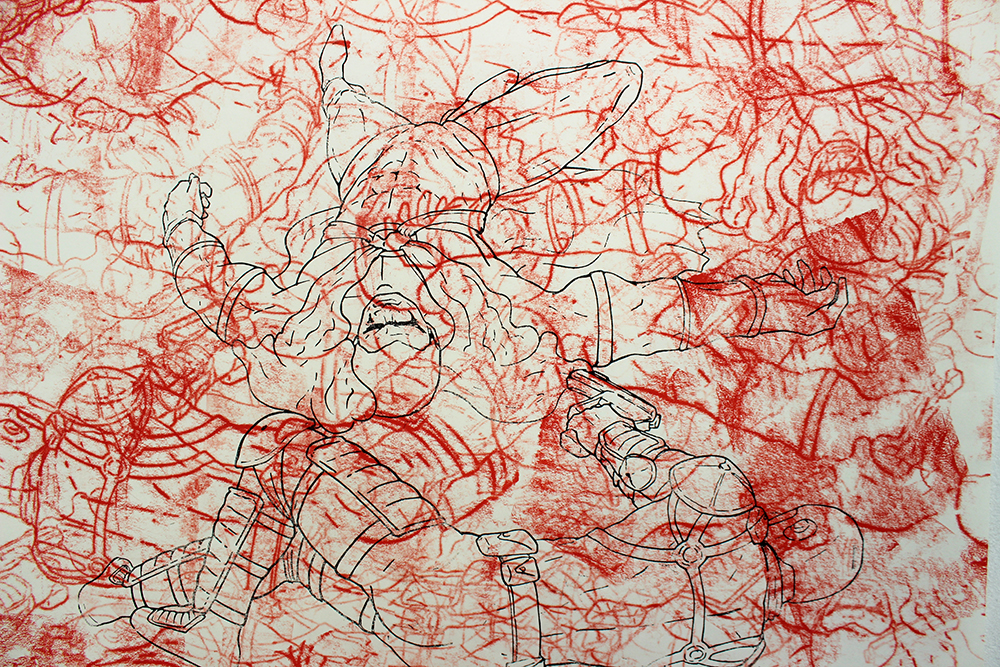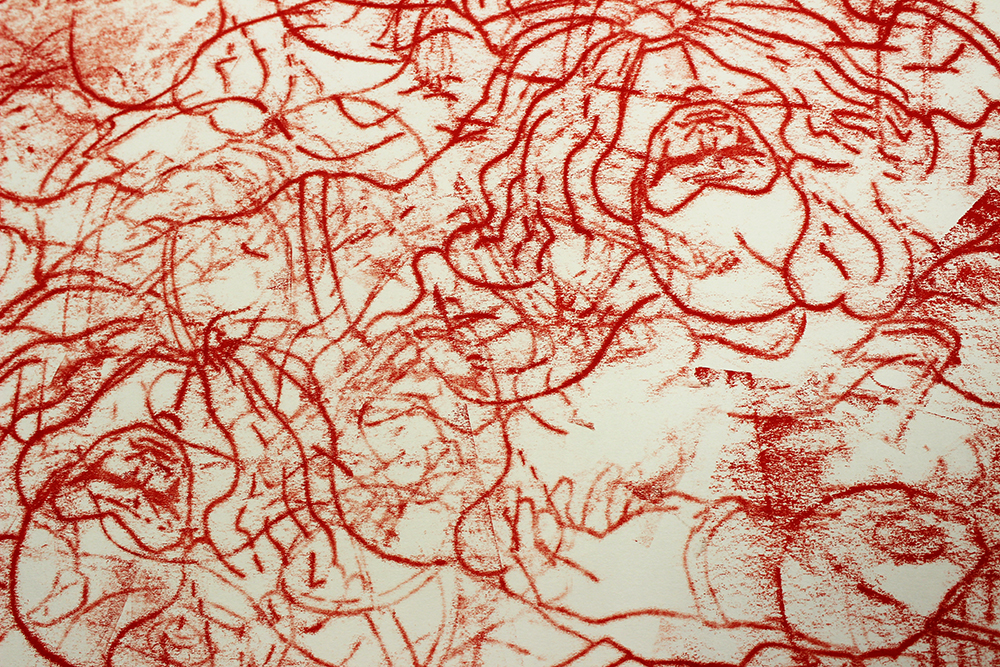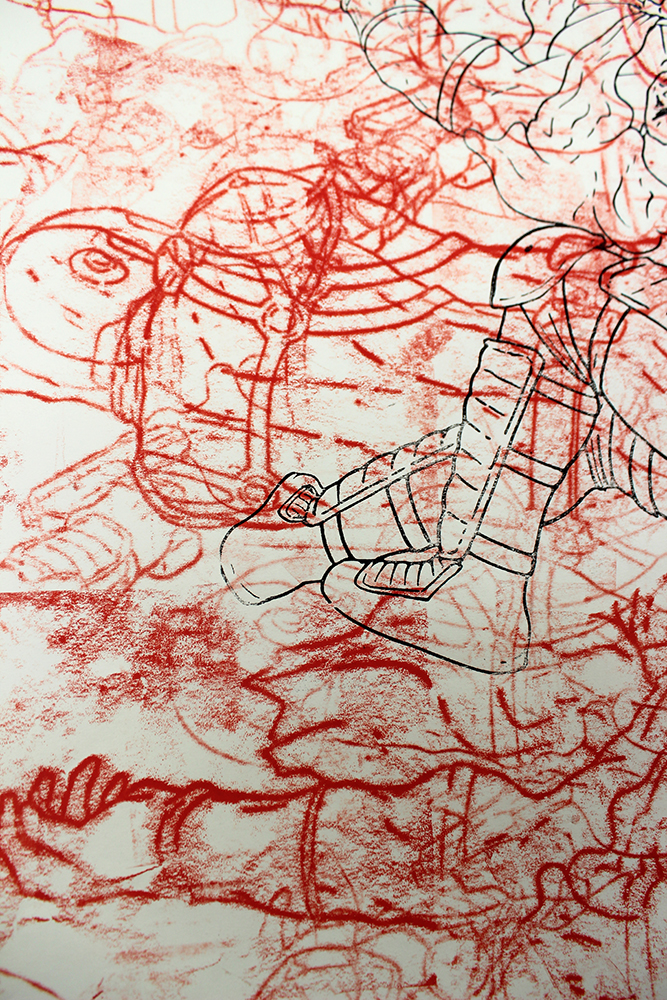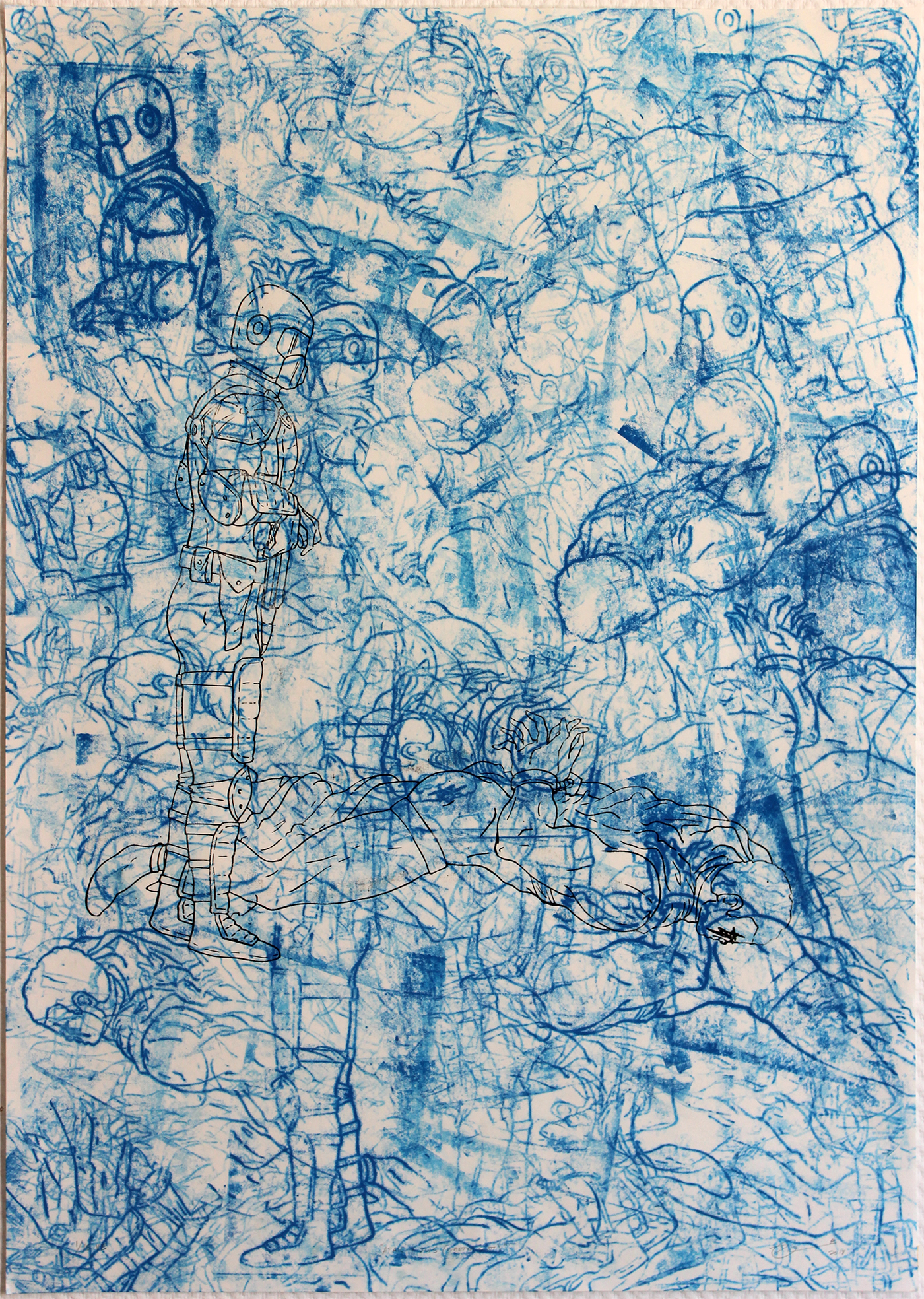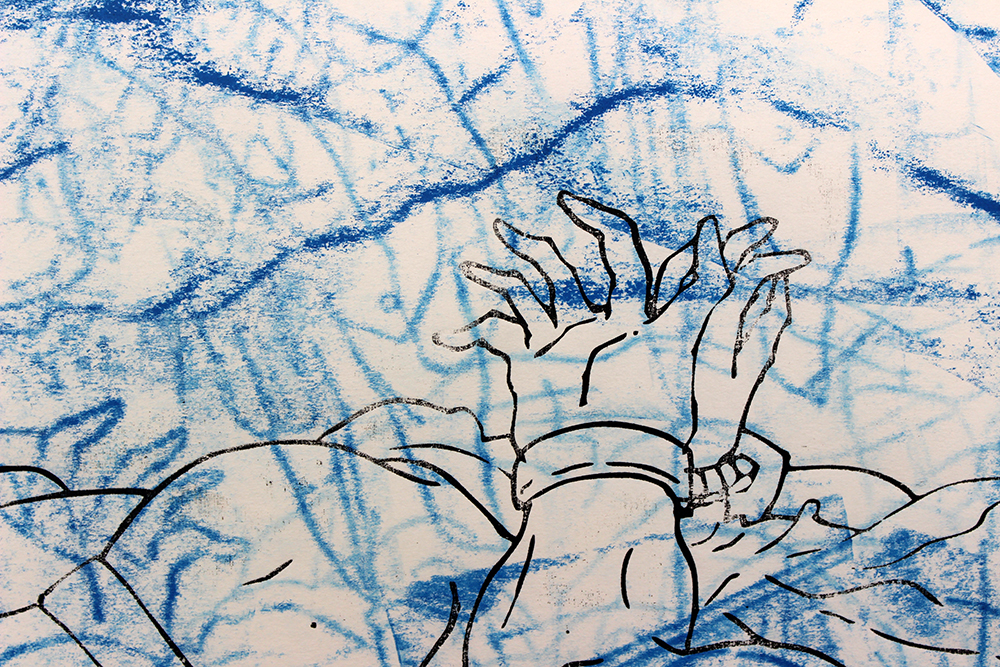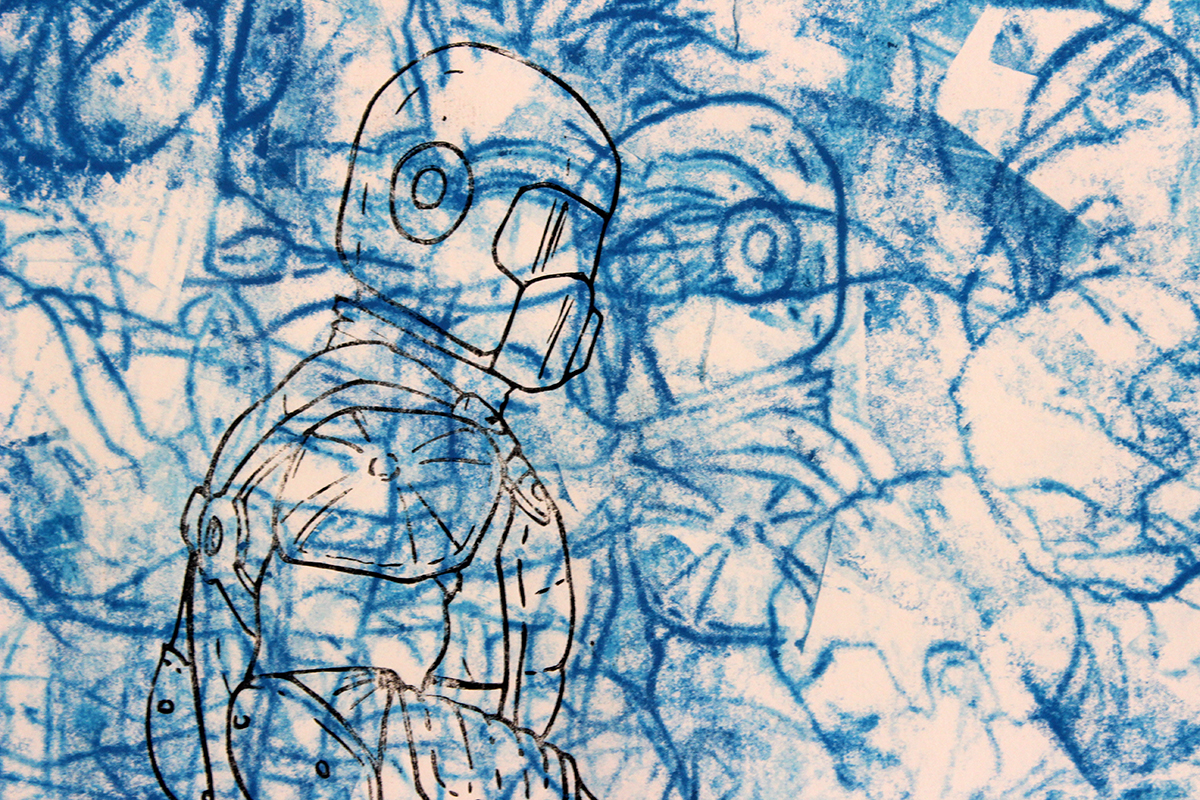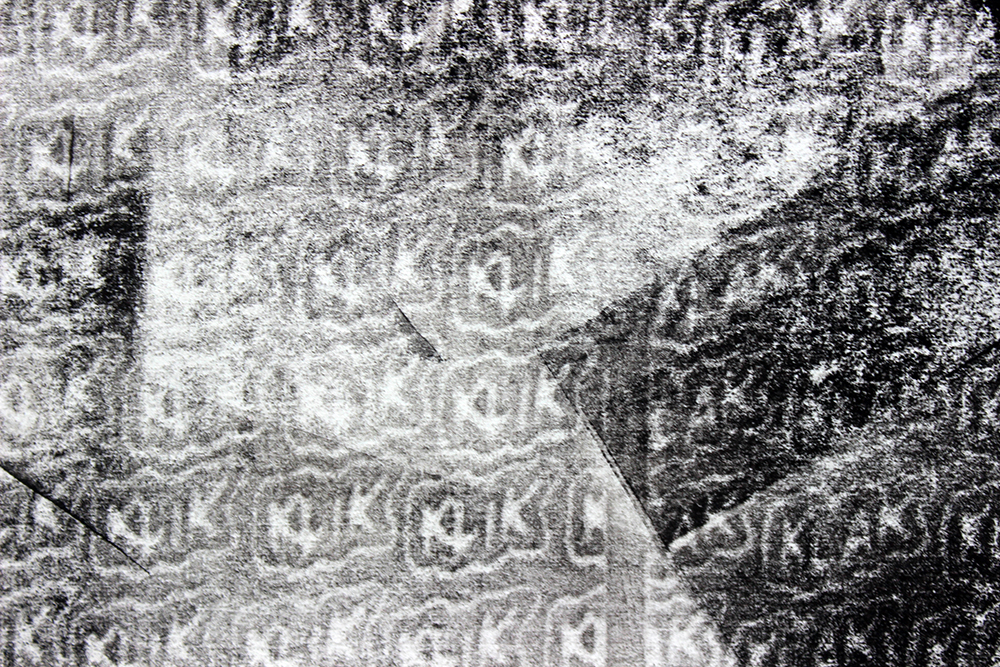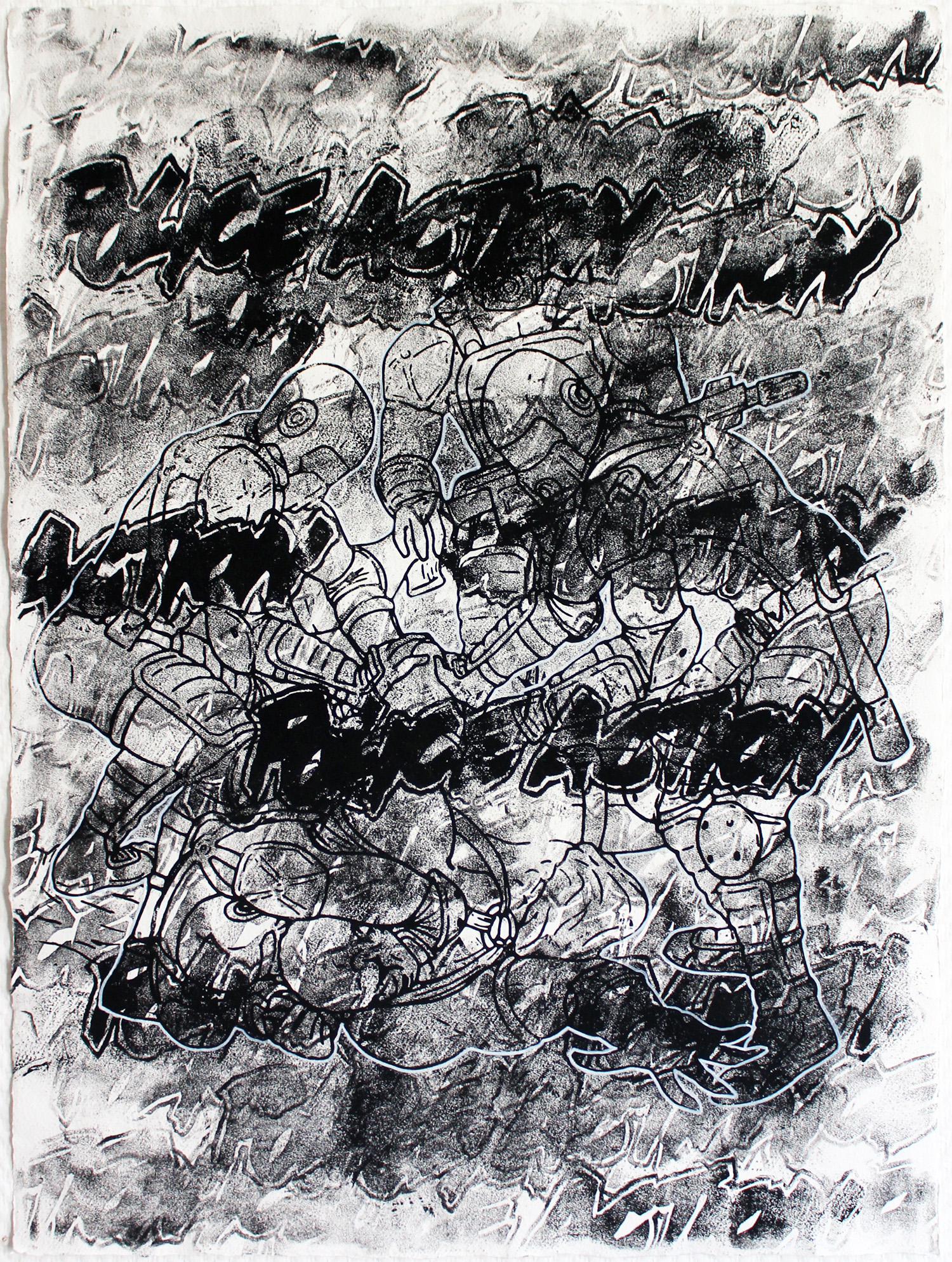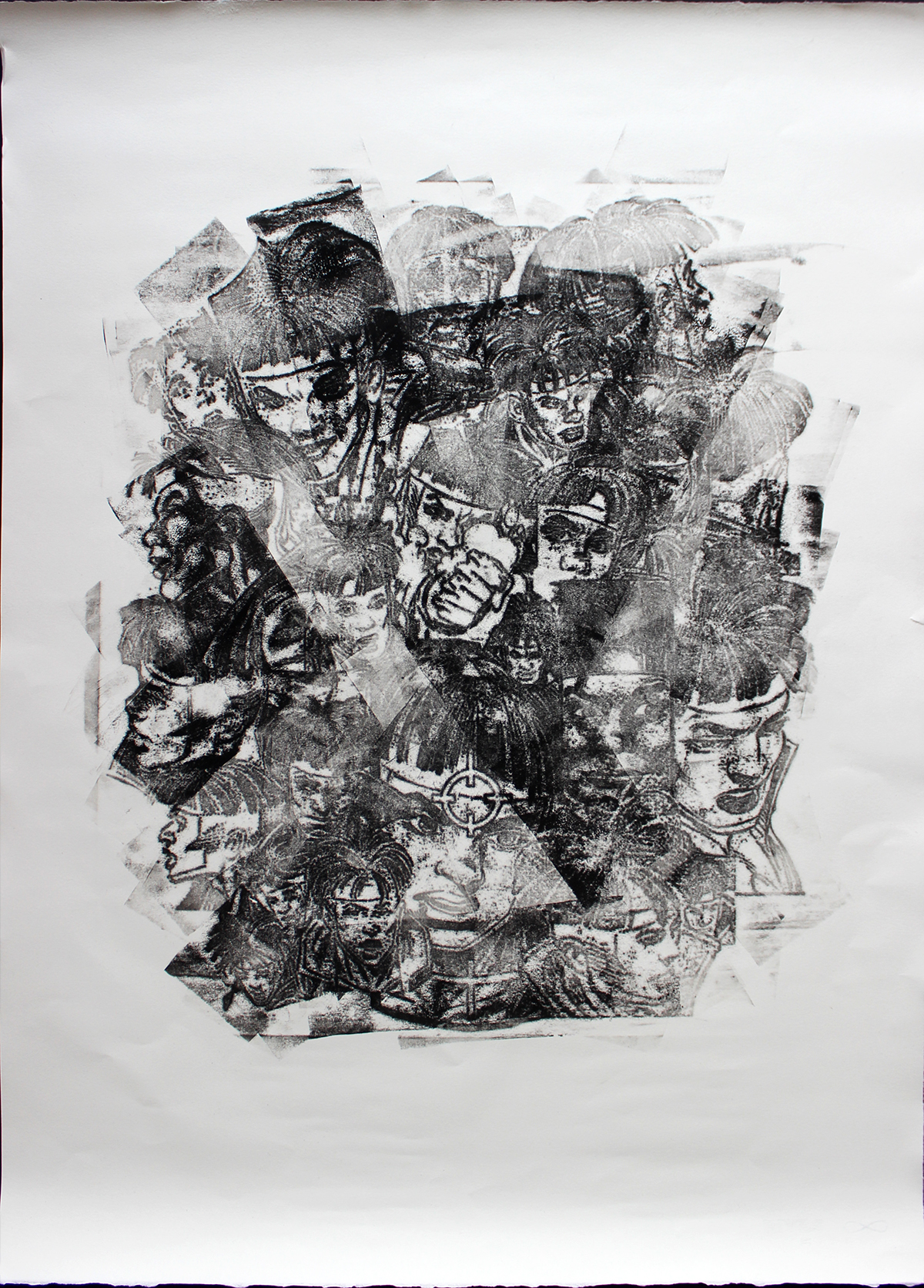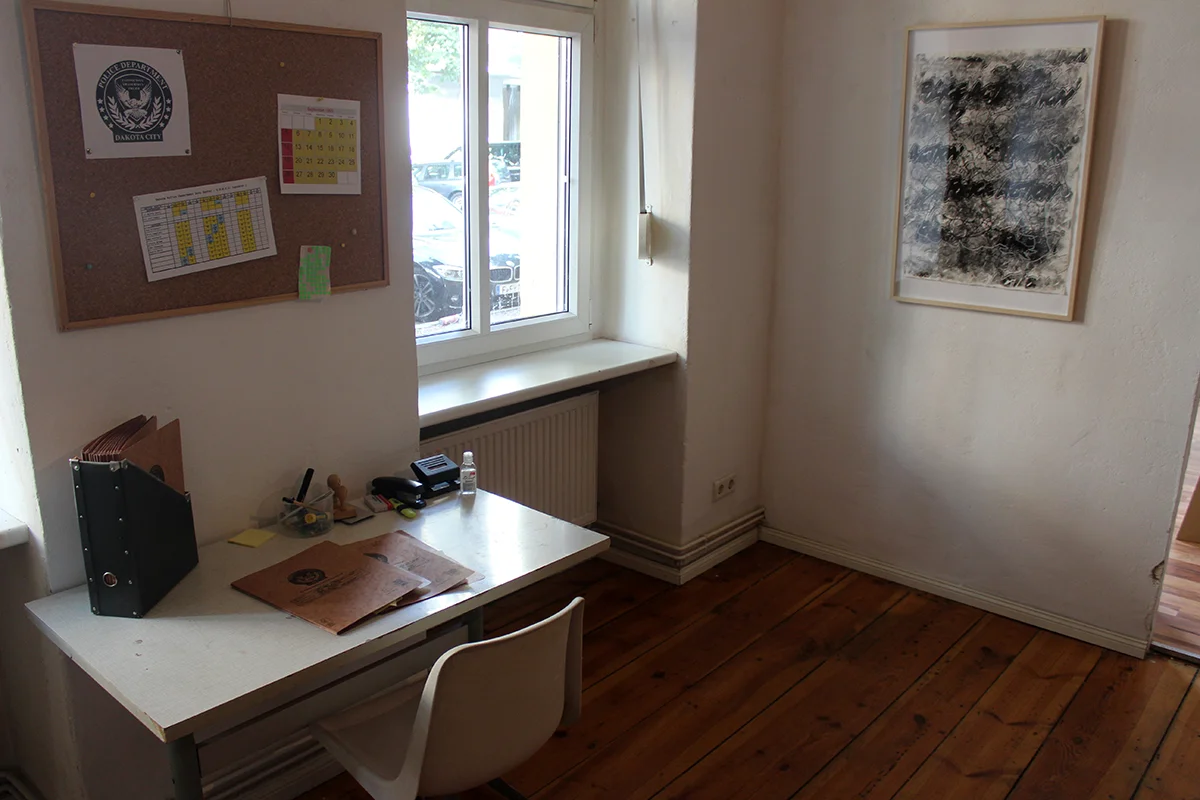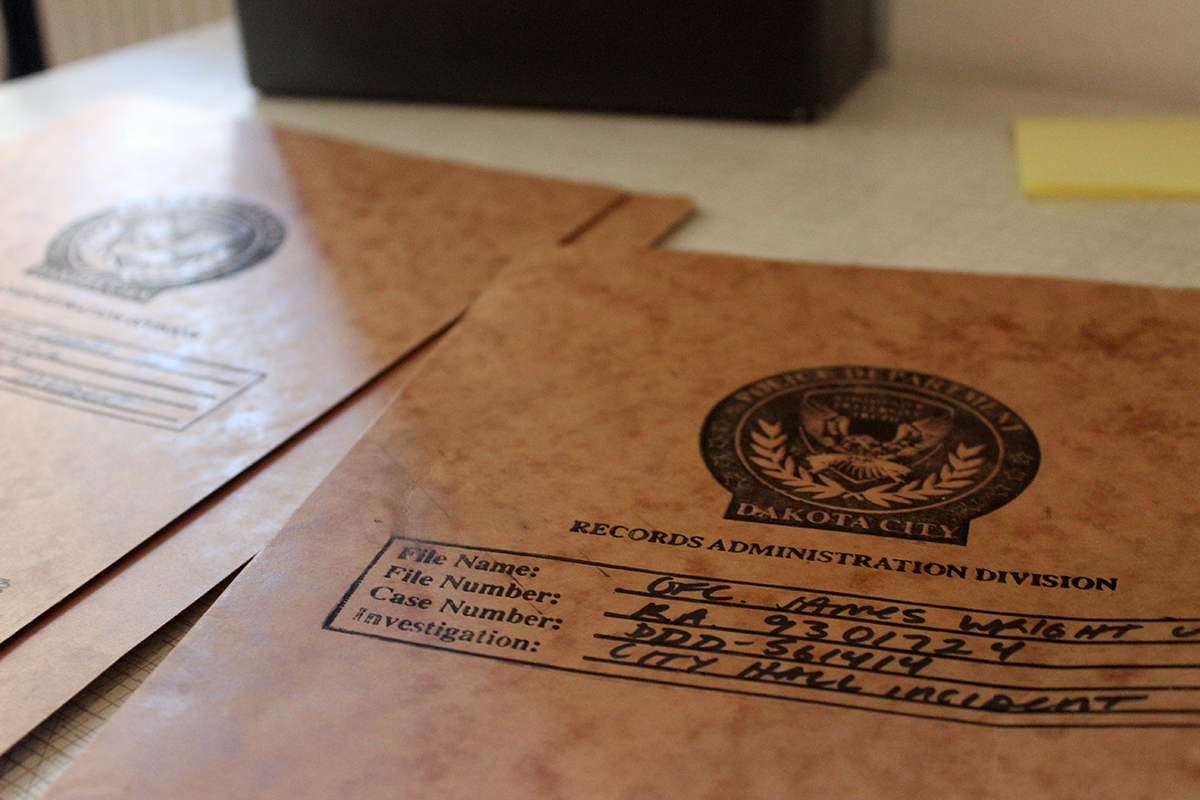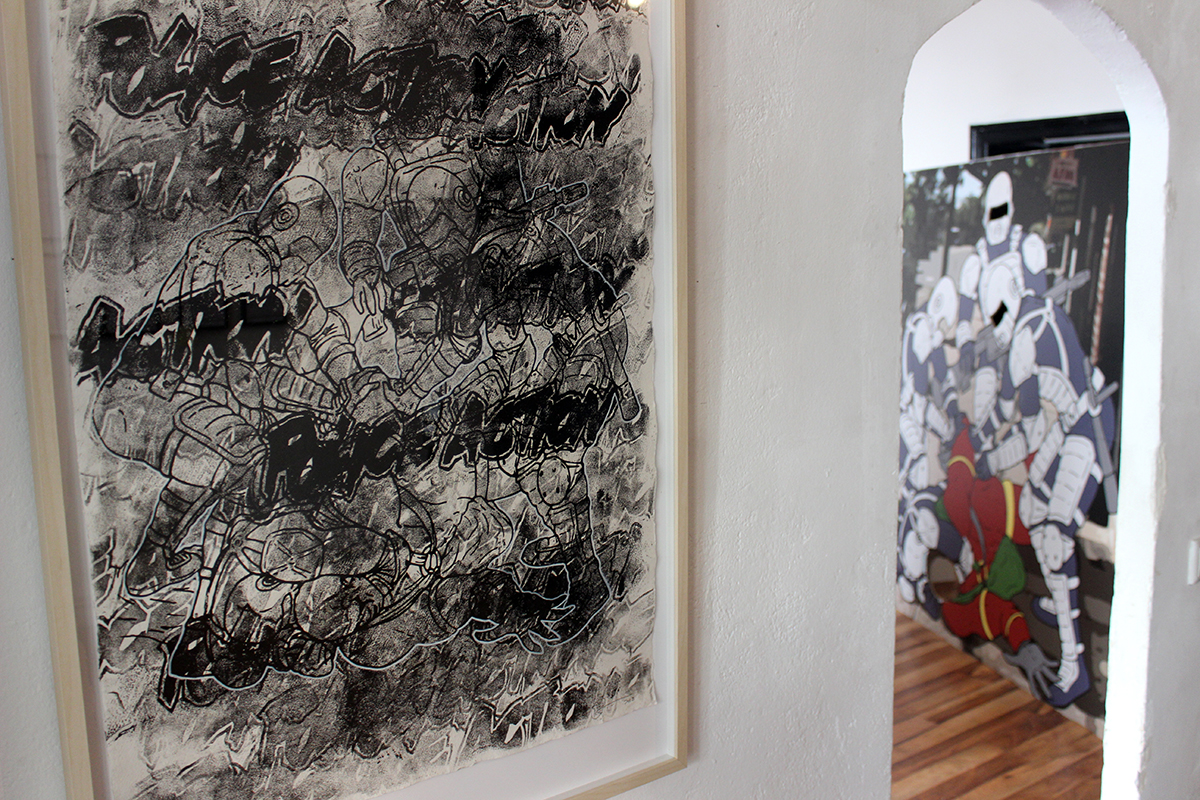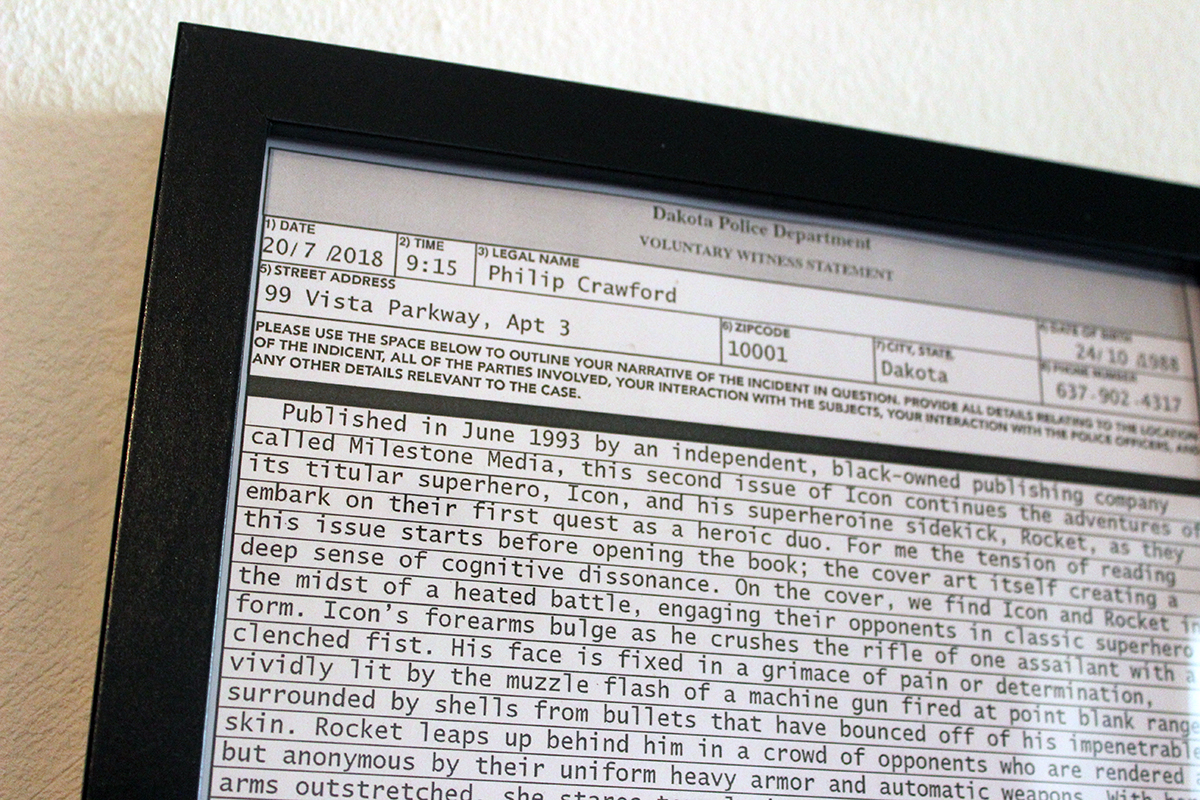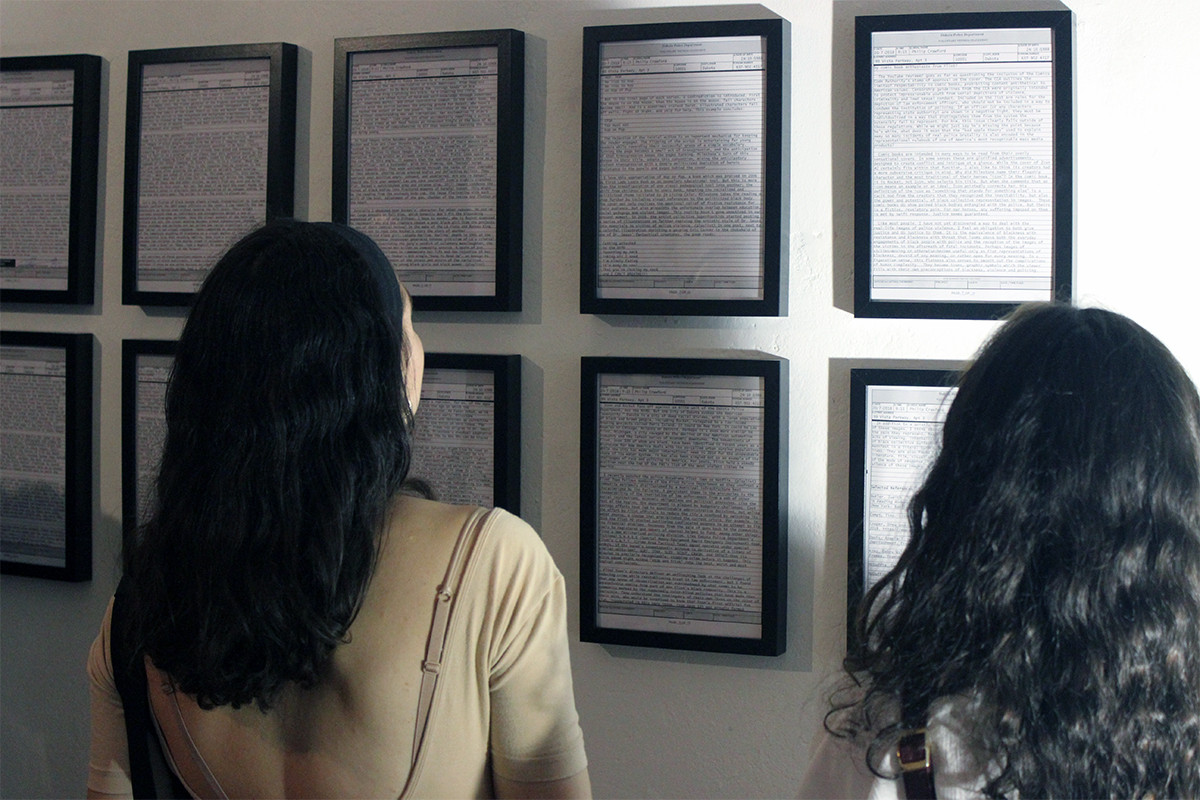Stop! Cop!
Since 2013, the conversation around policing in America has taken on new life, fueled largely by the proliferation of images and videos of police-involved shootings. Overwhelmingly black and male, the victims of police violence are depicted in these images, their bodies sprawling and limp, or stricken in the throes of life and death struggles--then and broadcast widely.
These politically charged images have served to mobilize activists in movements like BlackLivesMatter, the most extensive grassroots struggle associated with the Black Radical Tradition in recent years. These victims--or more specifically, their images--are held up as heroes and martyrs at once, and their bodies-as-images called upon to serve the cause. But the paradox of heroism in the public sphere--the so called hero-villain paradox--has left the victims of police violence open to a secondary assault. Circulating alongside these quotidian images is a pointed critique of the situations surrounding their lives in an attempt to legitimize their deaths at the hands of the State and obscure the persistent, systemic violence of policing.
For many there is no question to the nature of policing as a primary channel of officially sanctioned, racialized violence. Perhaps the perceived ambiguity attached to these images comes precisely from their flatness: a flatness which not only masks the institutional machinery behind each death, but contributes to their symbolic utility. They serve not to create heroes or villains but icons. It is flatness which leaves these victimized black bodies-as-images prey to appropriation, exchange, speculation, and manipulation and prevents their post-mortem embodiment of either the victim-as-hero or victim-as-villain.
This series is, in part, an act of witnessing.



